Rising Global Meat Consumption
The rising The Swine Health Industry. As populations grow and dietary preferences shift towards protein-rich foods, the demand for pork is expected to increase. This surge in demand compels producers to enhance their production efficiency and health management practices to meet consumer needs. According to recent projections, pork consumption is anticipated to rise, particularly in developing regions where meat consumption is on the rise. Consequently, swine health becomes paramount, as healthy animals are essential for sustainable production. Producers are likely to invest in health management solutions to ensure optimal growth rates and minimize losses due to disease. This trend highlights the interconnectedness of consumer demand and swine health, underscoring the importance of maintaining robust health standards within the industry.
Advancements in Veterinary Medicine
Advancements in veterinary medicine are transforming the Swine Health Market. Innovations such as vaccines, diagnostics, and treatment protocols are becoming increasingly sophisticated, enabling swine producers to manage health issues more effectively. For instance, the development of novel vaccines targeting specific diseases has shown promising results in reducing morbidity and mortality rates among swine populations. Furthermore, the integration of telemedicine and digital health solutions is facilitating timely interventions and monitoring of swine health. The market for veterinary pharmaceuticals is expected to expand, driven by these advancements, as producers seek to enhance herd health and productivity. This trend underscores the importance of continuous research and development in veterinary science, which is likely to play a crucial role in shaping the future of the Swine Health Market.
Regulatory Compliance and Standards
Regulatory compliance and standards are increasingly influencing the Swine Health Market. Governments and regulatory bodies are implementing stringent health and safety regulations to ensure the welfare of livestock and the safety of food products. Compliance with these regulations often necessitates the adoption of advanced health management practices, including biosecurity measures and disease monitoring systems. As a result, swine producers are investing in technologies and services that help them meet these regulatory requirements. The market for compliance-related products and services is anticipated to grow, as producers seek to avoid penalties and maintain their market access. This regulatory landscape not only drives innovation within the industry but also emphasizes the critical role of health management in ensuring the sustainability of swine production.
Increasing Awareness of Animal Welfare
The rising awareness of animal welfare is a pivotal driver in the Swine Health Market. Consumers are increasingly concerned about the conditions in which livestock are raised, leading to a demand for higher welfare standards. This shift in consumer preferences is prompting producers to adopt better health management practices, which in turn enhances the overall health of swine. As a result, the industry is witnessing a surge in investments aimed at improving housing, nutrition, and veterinary care for pigs. According to recent data, the market for animal welfare-related products and services is projected to grow significantly, indicating a robust trend towards prioritizing animal health and well-being. This focus on welfare not only benefits the animals but also aligns with consumer expectations, thereby driving growth in the Swine Health Market.
Technological Integration in Farming Practices
Technological integration in farming practices is reshaping the Swine Health Market. The adoption of precision farming techniques, including data analytics and health monitoring systems, is enabling producers to make informed decisions regarding swine health management. Technologies such as wearable devices and automated feeding systems are being utilized to monitor the health and well-being of pigs in real-time. This data-driven approach allows for early detection of health issues, leading to timely interventions and improved overall herd health. The market for agricultural technology is projected to expand, driven by the need for efficiency and productivity in swine production. As producers increasingly recognize the value of technology in enhancing health outcomes, the Swine Health Market is likely to experience significant growth, reflecting the ongoing evolution of farming practices.


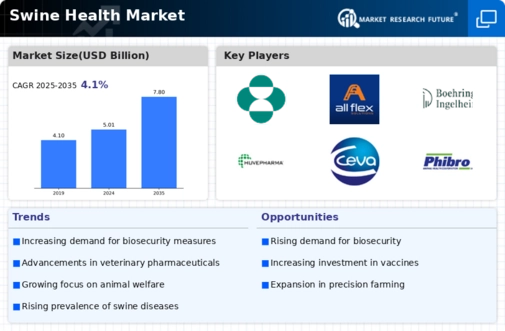
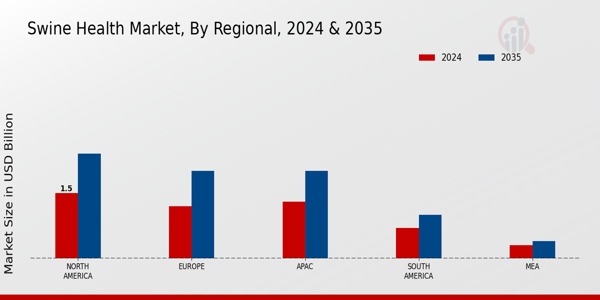

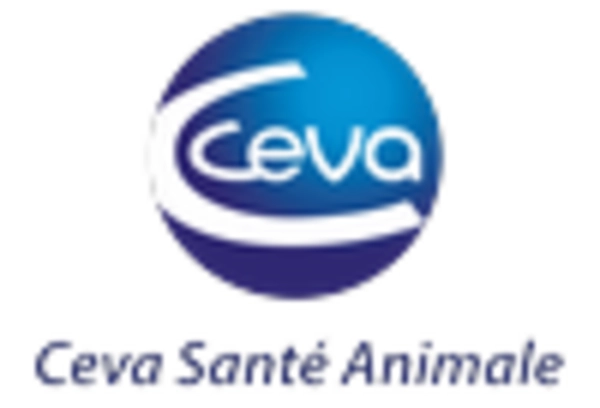
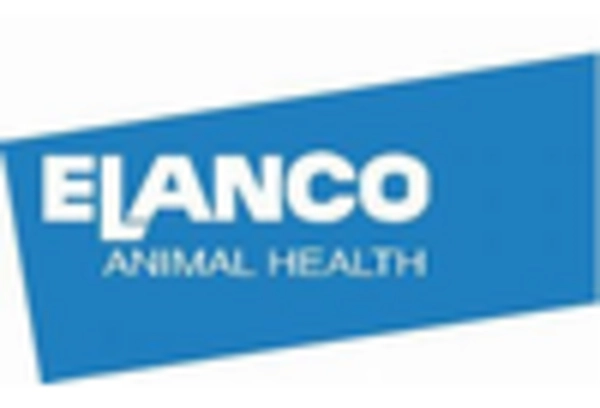


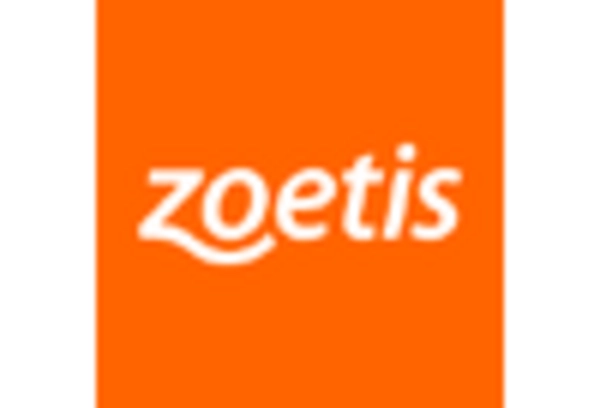








Leave a Comment